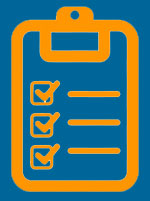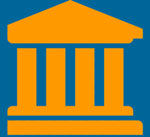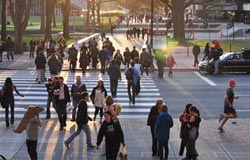Trusted College Advice.

8+ Million Students Reached

2500+ Students Surveyed

100+ Colleges Visited

100+ Press Mentions
Planning for College
Helpful advice for students on how to plan and prepare for college to ensure you are college ready, including tips for freshman year of college that will help you get the most out of going to college.
Tips for College Success
Learn how to be successful in college by following tips for college success, effective college study tips, and a college success guide that will help you conquer the path to graduation and beyond.
Guide to College Life
We know college is more than just studying. From preparing for your first taste of college life to going on to a successful career, we provide advice for every step of the way for a better college experience.
Useful College Tools
Become a more efficient student who is better equipped to take on college. Whether it be help preparing for college or saving on college expenses, we have resources that make college easier.
College Advice

Over 100+ college advice tips from current and former college students to help you succeed in college.
Study Tips

Study tips for college that will help you get better grades, learn more, and teach you how to study.
Student Discounts

Take advantage of the perks of being a college student with these deals and discounts just for students.
Get helpful tips for college and special student offers in your inbox.





